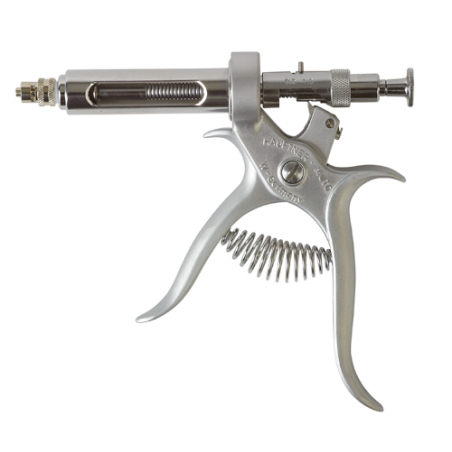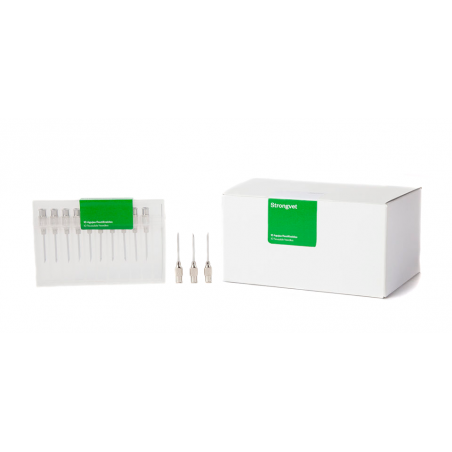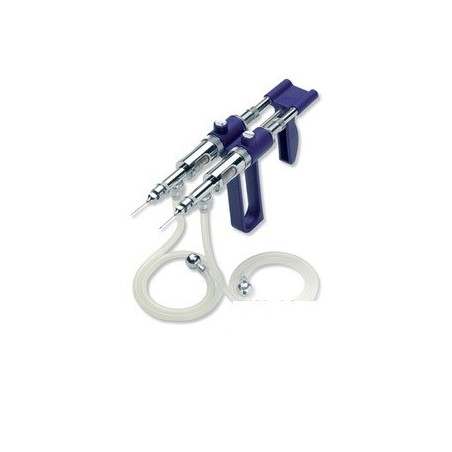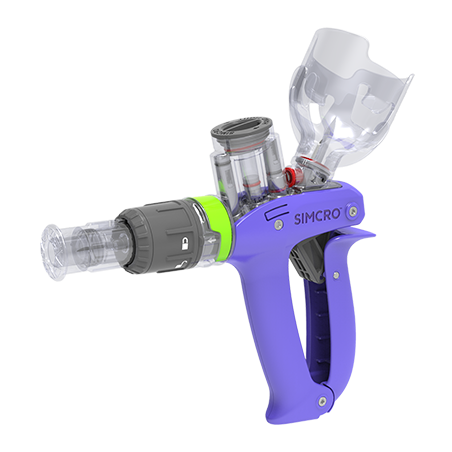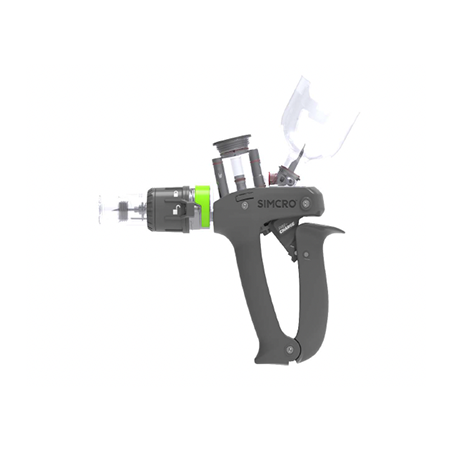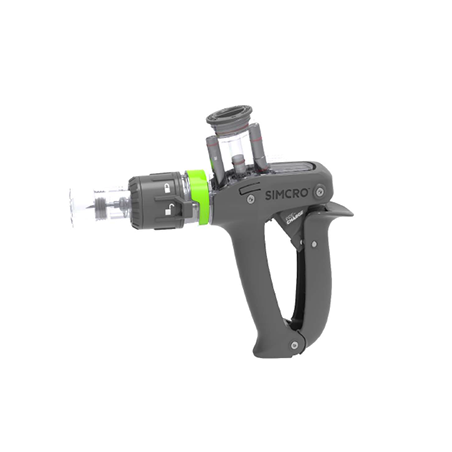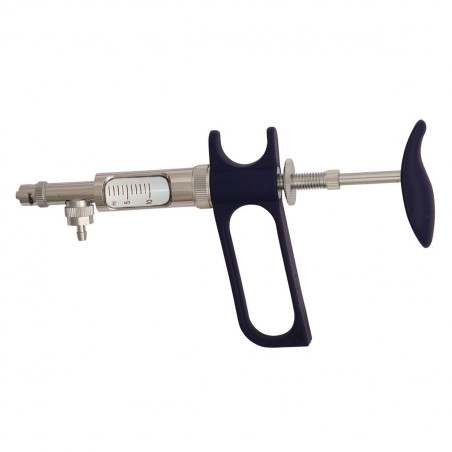Enzootic pneumonia is a highly widespread disease in most countries of the world. Therefore, vaccination against Mycoplasma hyopneumoniae has become an almost indispensable element in the control of the porcine respiratory disease complex.
It should be mentioned that each vaccine from each commercial brand uses a specific strain, with a specific declared bacterial load, and different adjuvants and excipients. Clearly these characteristics are related to the efficacy of the vaccine, but it is beyond the scope of this article to evaluate or comment on these differences.

Type |
|
 |
All M. hyopneumoniae vaccines are inactivated. |
Protection |
|
 |
The various M. hyopneumoniae vaccines do not protect against infection, but they do reduce the severity of the disease, which is why the licensed indications for use include aspects such as "to reduce lung lesions following infection with Mycoplasma hyopneumoniae" or "to reduce lung lesions and lessen decreased daily gain during the finishing period due to infection caused by Mycoplasma hyopneumoniae" or "to prevent the appearance of clinical signs". |
Number of doses |
|
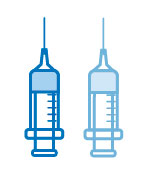 |
Single-dose or two-dose vaccines. The choice will depend on prevalence, the appearance of clinical signs, and ease of handling. Two dose vaccines consist of 2 administrations done 2-3 weeks apart. There are commercial vaccines that, in the same presentation, allow single-dose or two-dose vaccination. Sometimes the dose to be administered varies according to the prescribed schedule. |
Timing of vaccination |
|
 |
Regarding the timing of administering the first dose in piglets, the different registered vaccines vary from the first week of life, or even the third day, to those administered after the third week of life. Although there are exceptions, most of the two-dose vaccines allow for an earlier first vaccination and, on the other hand, most of the single-dose vaccines are administered starting from 3 weeks of life, especially if they are combination vaccines with circovirus. Logically, the timing of vaccination will depend on the presence of maternal antibodies, the infection pressure, and the time of onset of clinical signs. |
Combination vaccines |
|
 |
There are several combinations with other vaccines on the market. For example, in Europe they can be combined with circovirus and in the USA with influenza. Note that some vaccines, although not combination vaccines, allow for the mixing with circovirus or ileitis vaccines or, in other cases, simultaneous application with PRRS vaccines without mixing. |
Route of administration |
|
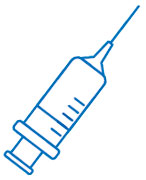 |
Most vaccines are administered via the traditional intramuscular route, with volumes of 1 or 2 ml depending on the vaccine. Some of the vaccines with the possibility of using two-dose or single-dose require the administration of 1 ml in the two-dose version or 2 ml in the single-dose version. There are also intradermal vaccines on the market, which are administered by means of devices developed for needle-free application, and work with much smaller dose volumes (0.2 ml). |
Start of immunity |
|
 |
The average time to build immunity is very important in the dynamics of infection, because in the absence of maternal immunity, animals may be "unprotected" before vaccine immunity is developed. The average time is 3 weeks, but varies between 2 and 4 weeks depending on the vaccines. In the case of two-dose vaccines, the animal develops immunity after the second dose. |
Duration of immunity |
|
 |
This is one of the determining aspects of the success of vaccination since the duration determines in part that the beneficial effects of vaccination are achieved through the end of the finishing period. According to the technical datasheets, there are important differences varying from "at least 20 weeks" to 26 weeks, although in practice the duration of vaccine immunity depends on many other factors, such as the presence of maternal antibodies at the time of vaccination, prevalence of M. hyopneumoniae at weaning, infection pressure, type of farm, etc. In all cases, the duration of immunity is to be counted from the date of vaccination or from the revaccination in the case of two-dose vaccines. |
Use in breeding females |
|
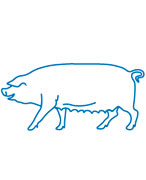 |
In recent years it has become evident that in some epidemiological situations it is necessary to vaccinate nulliparous sows or even all breeding sows during gestation. In spite of this, it is important to highlight that most of the commercial vaccines in their datasheets do not allow their use in breeding sows, either with the statement "not applicable" or "The safety of the veterinary medicinal product has not been demonstrated during gestation or lactation. Do not use during gestation or lactation. Do not use in boars." Although mycoplasma vaccination is a widespread practice, the market offers different vaccination possibilities. It is very important to analyze in detail on each farm which vaccine is the most suitable. This analysis should consider different factors of the farm itself, the dynamics of the infection, the workload, the presence of other diseases, etc., and always under the discretion of the veterinarian responsible for the farm. |
Prepared by Joan Wennberg and the 333 editorial staff





